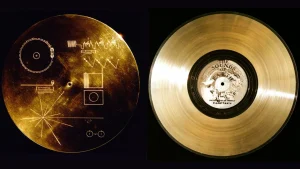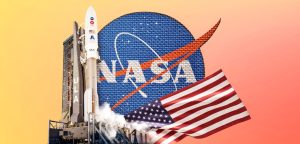Voyager 2 Loses Contact With NASA After Command Error [Updated]
2nd Aug 2023![Voyager 2 Loses Contact With NASA After Command Error [Updated] Voyager 2 Loses Contact With NASA After Command Error [Updated]](https://orbitaltoday.com/wp-content/uploads/2023/08/NASA-Voyager-the-Explorer.webp)
Update: 2nd August
On 2nd August, operators heard Voyager 2’s “heartbeat” again. The spacecraft is still working, but scientists are struggling to regain full communication.
On 21st July, the space agency issued a series of planned commands to the probe, resulting in Voyager 2’s antenna pointing two degrees away from Earth. Consequently, it has lost contact with its engineers, rendering it unable to receive commands or transmit data back to NASA.
Voyager 2: lost forever?
NASA’s Voyager 2 communicates through the Deep Space Network (DSN), a collection of ground-based antennas designed for communications with distant spacecraft. However, the data sent by Voyager 2 is not reaching the DSN. The spacecraft is currently adrift, positioned nearly 20 billion kilometres away from Earth. Despite the setback, NASA remains optimistic about re-establishing contact with the probe.
The probe is equipped with an automatic orientation reset program, scheduled to activate several times each year. The next reset is anticipated to occur on October 15, as reported by NASA. Until then, the spacecraft is expected to maintain its planned trajectory during this quiet period.
A legendary mission
In 1977, the Voyager program launched two spacecraft, Voyagers 1 and 2. Voyager 1 is currently positioned even farther away from Earth, approximately 24 billion kilometres. NASA confirms that it is functioning normally.
Read also:
With Humanity In Mind: Where Is Voyager 1 Now
The Voyager mission has achieved numerous milestones. Voyager 2 is the sole spacecraft to have visited Uranus and Neptune, and together, both are the only human-made ones to have ventured into interstellar space.
Remarkably, nearly five decades after their launch, both Voyager spacecraft continue to transmit valuable and significant data to NASA. These missions have led to many new discoveries about the remote boundaries of our solar system.






Thank you for your comment! It will be visible on the site after moderation.